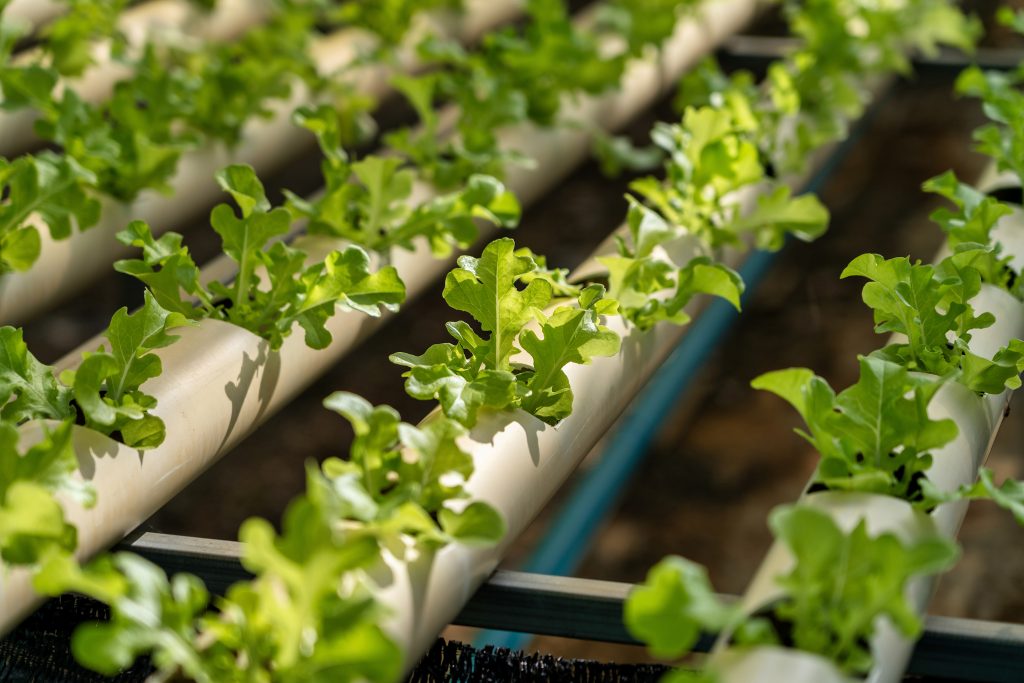
Carbon Tax - Addressing the emissions outside of the EU
The climate and other environment-related challenges should be on every country’s agenda. At the EU level, reaching the objectives of the Paris Agreement remains at the core of the European Green Deal, with the need to urgently reduce greenhouse gas emissions (GHG) and limit the global temperature increase to 1.5 °C, in this century.
Therefore, a new carbon mechanism that aims to incentivise non-EU producers to reduce emissions, comes into effect on October 31, 2023, with a transitional period until December 31, 2025, according to a new EU Regulation enacted in May 2023[1].
EU ETS system (“CO2 certificates”)
The Union has committed to reducing the Union’s economy-wide net greenhouse gas emissions by at least 55 % in comparison to 1990 levels by 2030 and has prepared policies in line with the EU climate goals.
An ambitious policy on climate action has put in place a regulatory framework to achieve the targets for reduction in greenhouse gas emissions.
The first one is the system for greenhouse gas emission allowance trading within the Union (”EU ETS”), which is applicable to power generation and energy-intensive industry businesses that hold a specific operating permit issued by a competent authority. The European Union launched the EU Emissions Trading System (EU ETS) in 2005.
The carbon dioxide (CO₂) certificates represent the number of emissions for which financial responsibility is assumed to support climate protection projects. One certificate corresponds to one tonne of greenhouse gases to cover the total emissions generated.
Under the CO2 system, operators must establish, document, implement, and maintain written internal procedures relating to data flow activities for monitoring and reporting of greenhouse gas (GHG) emissions. Also, they must ensure that information presented in their annual report is in conformance with both the monitoring plan and internal procedures, alongside the regulation[1] on monitoring and reporting of GHG by having their emission reports checked by an accredited verifier.
Operators must provide enough CO2 certificates to cover their activities. These certificates can also be cancelled by the Member states by 30 April each year, under certain conditions[2].
On the EU ETS market, the price of CO2 certificates released onto the market is determined through auctions. Prices on carbon usage help in promoting investment in clean and low-carbon technologies.
All revenues generated from the auctioning of CO2 certificates under the EU ETS are to be used among others to tackle climate change, reduce GHGs, adapt to the impact of climate change, avoid deforestation, fund research and development for mitigation and adaptation, reduce emissions through low-emission transport and to cover the cost of administering the EU ETS.
From 2021 onwards, the share of CO2 certificates for stationary installations to be auctioned is 57 %, while the remaining certificates are available for free allocation.
Throughout the CO2 trading system, operators are allowed to emit GHGs during a specified period and submit an emission report by the end of April, for the preceding calendar year. According to legislation in force, the certificates are transferable between both the operators/persons headed in the EU and outside of the EU, only if such certificates are recognised in accordance with the provisions of the EU Directive, to establish a system for greenhouse gas emission allowance trading.
In conclusion, the EU has put a price on carbon and given a financial value to each tonne of emissions saved on the EU territory with the aim of reducing GHG emissions.
Carbon Border Adjustment Mechanism (CBAM)
Having the EU ETS system in place has enabled the Union to substantially reduce its domestic greenhouse gas emissions (see image below) by 30% between 1990-2021.

Figure 1: Net GHG in EU 1990 – 2021[3]
However, the greenhouse gas emissions (GHG) embedded in imports have been increasing, thereby undermining the Union’s efforts to reduce its global greenhouse gas emissions footprint.
Notably, on a global level, some policy approaches do not achieve the same level of climate ambition, and there is a risk of carbon leakage.
Carbon leakage occurs when countries transfer production outside of the EU and emissions are generated under less strict rules. This also applies to products imported into the EU.
Considering this, a carbon border adjustment mechanism (“CBAM”) was enacted. This is an initiative of the “Fit for 55” legislative package, to help in meeting the objective of a climate-neutral Union at the latest by 2050 in line with the Paris Agreement.
The CBAM is expected to contribute towards promoting decarbonisation and reducing greenhouse gas emissions (GHG) in the third world countries. Further, it is expected to increase climate ambitions, by encouraging producers from such countries to use technologies that are more efficient and contribute towards generating fewer emissions.

Figure 2: Production costs[4]
There are differences between the EU ETS and CBAM. The ETS applies to certain big installations and transport operations in the EU, while CBAM applies to certain goods imported into the customs territory of the Union.
In addition, the CBAM system has some specific features when compared to the EU ETS, which include the calculation of the price of CBAM certificates, the possibilities to trade CBAM certificates, and their period of validity.
The imported products/goods to which CBAM initially applies include the following:
- Cement
- Electricity
- Fertilisers
- Cast iron, iron and steel
- Aluminium
- Chemical products (Hydrogen)
To import these goods into the EU territory, businesses must apply for the status of authorised CBAM declarant, which must be granted by competent authorities from each Member State.
During the transition period between October 31, 2023, to December 31, 2025, the customs authorities inform importers about their reporting obligations.
Starting from 2027, for the year 2026, until May 31 of each year, each authorised declarant uses the CBAM register to submit their CBAM declaration for the previous year.
The first CBAM declaration, in accordance with the calendar year of 2026, should be submitted by 31 May 2027.
Moreover, the GHGs embedded in goods are verified by customs authorities. They are being authorised to carry out checks on the goods, including identification of the authorised CBAM declarant, the eight-digit CN code, quantity, country of origin of the imported goods, date of declaration, and the customs procedure.
A common central platform will also be established for the sale and repurchase of CBAM certificates where the prices will be calculated according to CBAM Regulation issued on May 20231.
Conclusion
The pricing of carbon is a policy tool that contributes towards tackling climate change. The reporting obligations under the CBAM will be applicable from October 1, 2023, while the obligations for importers to pay a levy will begin in 2026.
The CBAM declaration will contain information related to the total quantity of imported goods and the total embedded emissions in the goods. At Mazars, we are committed to helping clients navigate the complex process of calculating and reporting their carbon emissions. Further, this carbon related information could help companies to identify climate related weaknesses and opportunities in their businesses, and transition to a new pathway towards sustainability. In addition, it might be useful to demonstrate the efforts of businesses to adapt to climate change issues and mitigate any adverse financial and environmental impacts.
[1] https://eur-lex.europa.eu/legal-content/EN/TXT/HTML/?uri=CELEX:02018R2066-20220828#tocId77
[2] https://eur-lex.europa.eu/legal-content/EN/TXT/HTML/?uri=CELEX:02003L0087-20230301
[3] https://ec.europa.eu/eurostat/statistics-explained/index.php?title=Greenhouse_gas_emission_statistics_-_emission_inventories
[4] https://www.consilium.europa.eu/en/infographics/fit-for-55-cbam-carbon-border-adjustment-mechanism/
[5] https://eur-lex.europa.eu/legal-content/EN/TXT/?uri=CELEX%3A32023R0956






